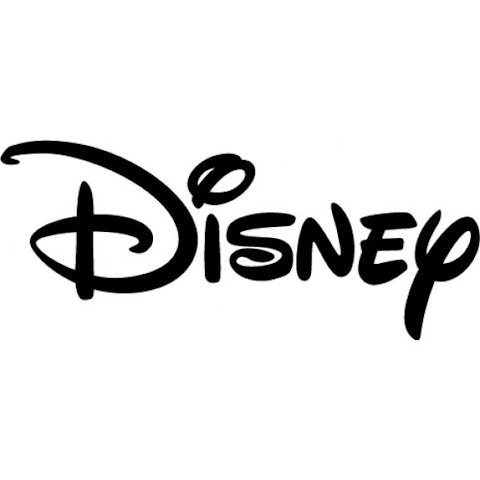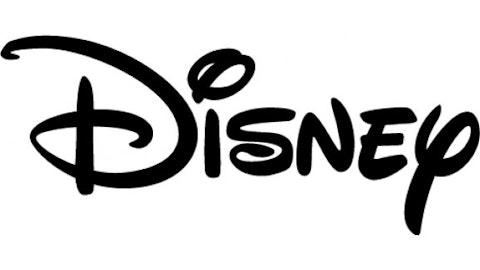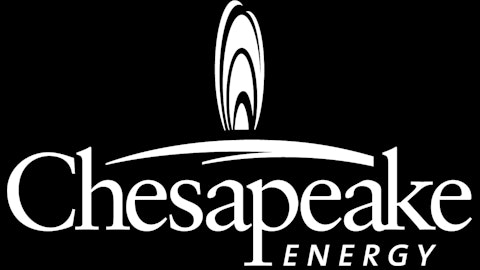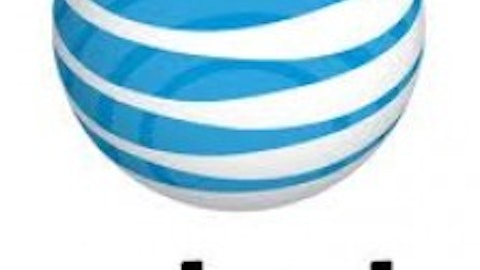I’ve been testing the waters of cord-cutting recently. I’ve subscribed to Hulu Plus for my daily dramas, Netflix, Inc. (NASDAQ:NFLX) fills my movie and old TV show needs, and my Apple Inc. (NASDAQ:AAPL) TV serves up YouTube and a la carte movies. But I can’t realistically think about cutting the cord if I can’t watch live sports, so that’s the deal breaker for me. Until I can watch sporting events through a streaming feed, I think I’ll be stuck with cable. But that may soon be coming, and what’s the most valuable content provider in sports? ESPN.
The Walt Disney Company (NYSE:DIS)‘s 80% ownership in ESPN gives it the leverage to make the moves necessary to make streaming sports content a reality and is the only company capable of making cord-cutting a reality for millions of us.

Who in this day and age likes to pay their cable bill? I pay $86.48 per month for cable and rarely deviate from a list of about 20 channels, probably similar to most cable subscribers. That’s $4.32 per channel I actually use.
Now consider that Netflix and Hulu Plus both cost $7.99 per month, about what I pay for four channels I actually use, and I get content on demand any time I want it. It seems like cord-cutting would be a piece of cake with those alternatives at that cost.
But what happens when I want to watch Monday Night Football or SportsCenter or a local professional basketball game? Right now, you have to have access to cable to get sports programming on your TV and you need the same subscription to access channels like ESPN on tablets or smartphones.
But Disney has the power to change that, if it so chooses, with improving apps across multiple platforms. ESPN’s WatchESPN app brings a growing number of ESPN shows and channels straight from the TV to your mobile device. The quality and capability of these apps are a testing ground for ESPN and Disney for the next generation of content delivery.
The same can be said for HBO, owned by Time Warner Inc. (NYSE:TWX) , which has a great app but one that also requires cable access. HBO doesn’t give indications it’s willing to go a la carte, but it has the capability when the time comes.
So, how do we get to mass cable-cutting? Stations sign deals with cable companies to distribute their channels in local jurisdictions, and restrictions hamper the ability to distribute outside those traditional outlets, for now. But as contracts run out with the major cable providers, content owners will be able to open up new distribution channels, like streaming.
The reason ESPN and Disney are so important to the next generation of media is their draw to consumers. How many millions of people would be willing to cut cable if they could stream ESPN on a tablet or maybe an Apple TV? Combine that with the dozens of channels Disney owns, and it holds all of the cards going forward. Cable doesn’t stand a chance if Disney decides to bring it to its knees.
Don’t expect NBC anytime soon
Comcast Corporation (NASDAQ:CMCSA) is one company that won’t likely be friendly to the streaming revolution. Comcast owns NBC Universal and it isn’t likely to allow easy cord-cutting for current Comcast subscribers. This is one of the reasons the FCC decision to allow Comcast to acquire NBC Universal in the first place was such a big deal. With Comcast being the only option for millions of viewers (including myself), it creates monopoly power as consumers transition away from cable.
The transition is already under way — slowly
It may take a few years for there to be a mass exodus from cable to streaming services, but it’s already slowly under way. Remember, it was only a few years ago that Netflix became a big player in streaming, and on-demand is still a young concept. What we need now is more open contracts and increased capabilities for ESPN, Netflix, Hulu, HBO, etc., and then it won’t be so scary to be without cable.
Financially, it isn’t a stretch for content owners. For advertisers, the transition to streaming could be a plus. It’s much more difficult to avoid watching commercials when you’re streaming, live or on-demand. As with any new advertising medium, data needs to be collected so distributors and advertisers can accurately price ads. For example, Hulu generates more than half of its revenue from ads, and revenue grew 65% last year. Advertisers are clearly open to the streaming revolution.
ESPN holds the cards
Disney has far more power than most content owners in our transition to a cable-free world. With ESPN commanding a large portion of cable costs than most channels to begin with, it has pricing power and negotiating power. Disney is even building its own streaming business with Disney Movies Anywhere, so streaming is in the works throughout Disney.
Over the next few years I think we’ll see the tie between cable companies and content providers slowly cut, opening a streaming revolution. ESPN will lead the way.
The article How Disney Can Upend the Cable Business originally appeared on Fool.com and is written by Travis Hoium.
Fool contributor Travis Hoium manages an account that owns shares of Apple. You can follow Travis on Twitter at @FlushDrawFool, check out his personal stock holdings or follow his CAPS picks at TMFFlushDraw. The Motley Fool recommends Apple, Netflix, and Walt Disney (NYSE:DIS). The Motley Fool owns shares of Apple, Netflix, and Walt Disney.
Copyright © 1995 – 2013 The Motley Fool, LLC. All rights reserved. The Motley Fool has a disclosure policy.


